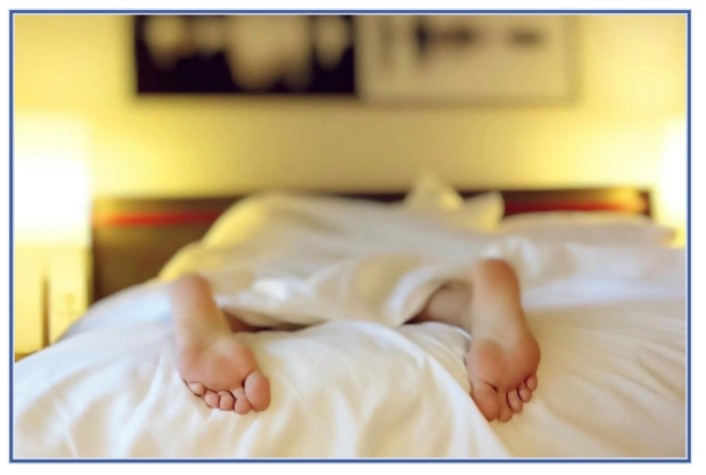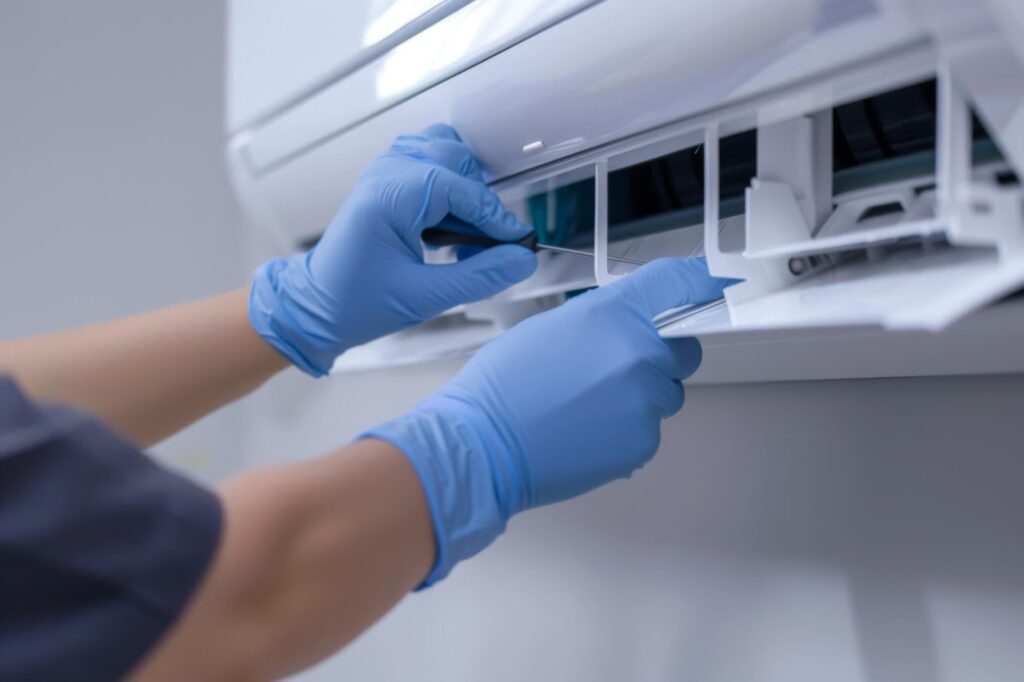Our feet are crucial to our well-being; we need them to walk, run, and balance. When injuries and ailments, such as athlete’s foot, inflammation, or diabetic neuropathy, strike, this can cause a world of pain. It can also make carrying out the simplest tasks a chore.
Considering you walk 150,000 miles in your lifetime, it’s little wonder your feet may become susceptible to common foot issues. Pinpointing these issues and establishing a source of treatment is crucial, especially as the feet are one of the most intricate parts of your body, comprising 26 bones each.
Even seemingly minor concerns, like corns, cracked heels, or persistent discomfort, can signal underlying problems that shouldn’t be ignored. If you find yourself suffering from any such concerns, seeking the expertise of a podiatry specialist, such as those at The Bell Practise, can ensure small issues don’t progress into more serious conditions that may impact your mobility and quality of life.
In this handy guide, we highlight various foot ailments, their causes, and the treatments available. Read on to learn more.
1. Ingrown toenails
Another common foot ailment comes in the shape of Ingrown toenails. It also causes severe discomfort, and if left untreated, ingrown toenails can become infected. This ailment occurs when the toenail grows into the nail groove.
Many factors cause ingrown toenails, including poor foot health and tight-fitting shoes. Other causes include a family history of this illness and trauma to the foot.
Treatment
Various treatments exist, including trimming your toenails straight, instead of a rounded shape, immediately after a bath. Why? Your nails will be softened due to the warm water, and it will be easier to cut. Other treatments include washing your feet with an antibacterial solution. Another top tip? Avoid shoes with pointy tips.
If at-home care fails to do the trick, you must make an appointment with a podiatrist or orthopedic surgeon, such as ModPod Podiatry. They may need to perform a quick procedure, which involves removing a portion of the toenail. You will then be issued with a course of antibiotics to treat the infection. The most common treatments include packing, which includes placing a piece of antiseptic-soaked cotton between your nail fold and the corner of your nail. This needs to be changed and administered daily.
Another treatment is gutter treatment, similar to the above, but it uses only a sterile plastic tube and an intravenous drip.
2. Hammer Toe
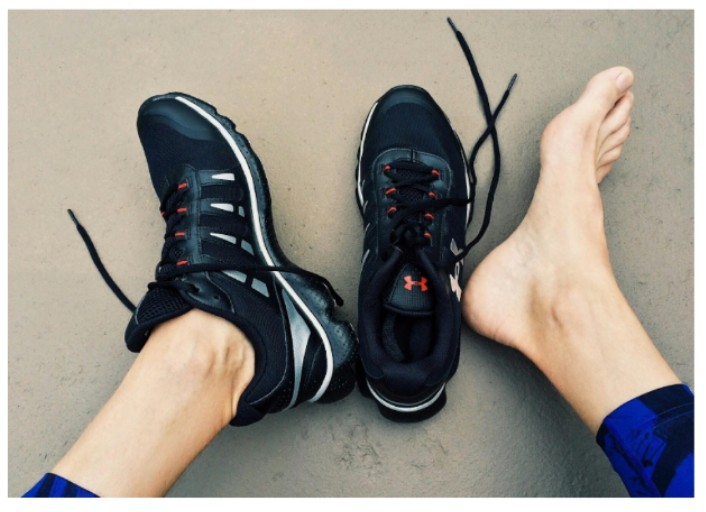
Hammertoe can affect one or both toe joints on the second to fifth toe. It causes these joints to bend unnaturally, which puts unwanted pressure on this area, particularly when wearing shoes.
Common symptoms include an abnormal bending of the toes, which causes pain and irritation due to a skin buildup.
Treatment
To treat this ailment, you must invest in specialist or new footwear boasting soft toe boxes with plenty of space. There should be at least one centimeter of space surrounding your biggest toe. In addition, avoid wearing high heels and, if the weather permits, open-toe shoes.
If the above aren’t helping, speak to your podiatrist. They can prescribe specialist shields in the shape of foot pads, splints, or orthotic devices. These will safeguard your calluses and corns from further irritation while helping to realign the affected toes. In severe cases, they may recommend surgery.
3. Bunions
Narrow or overly tight footwear can cause bunions (hallux valgus). In a nutshell, they’re foot abnormalities that cause a bump on the large toe joint. This often causes your big toe to turn inward.
Wearing tight shoes puts unnecessary pressure on the MTP, or metatarsophalangeal joint. In addition, this condition is hereditary, with polio and rheumatoid arthritis enhancing the development of bunions.
Treatment
Firstly, invest in shoes that fit you well and allow enough space for your feet to breathe. If your bunions are particularly bad, try avoiding heels for a while. Other treatments include investing in specialist shoe pads, wearing orthotics, or applying ice for 10-minute intervals. This simple fix can prevent the bunion from getting worse.
In addition, exercising your toes will help prevent bunions from affecting you or reoccurring bunions from making a repeat appearance. Attempting to pick up small objects with your toes is a tried and tested exercise you can embrace. The best part is that this exercise can be completed at home.
4. Heel Spurs
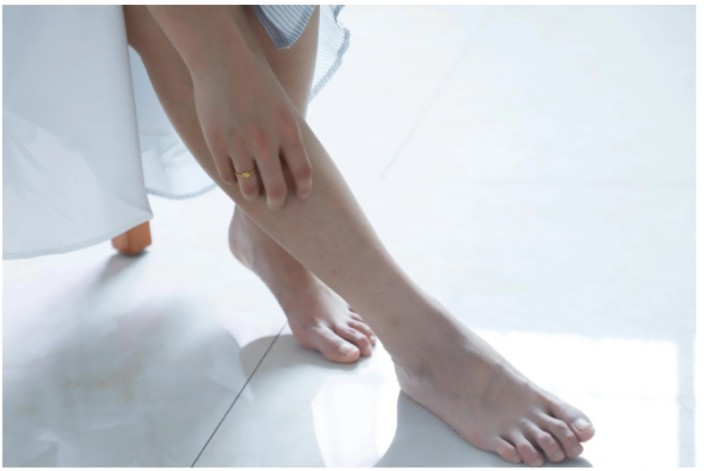
This condition affects the area between your foot’s natural arch and the heel bone. It’s caused by a calcium outgrowth.
This ailment is caused by long-term strain on ligaments or muscles. Both excess body weight and arthritis can also affect it. In addition, worn or poorly fitting shoes can cause heel spurs.
Treatment
There are several treatments to choose from. At home, you use a cold compress. Alternatively, you can visit a specialist who will administer anti-inflammatory drugs, injections, or OTC pain medications. Other treatments include getting plenty of rest and wearing orthotic shoe inserts.
Whichever treatment you opt for, the aim is to stop the inflammation and irritation at the sources. To understand what is causing your heel pain, be this the fascia or tendon, you must visit your podiatrist. If standard treatments don’t work, you may need surgery to remove the spur.
5. Plantar fasciitis
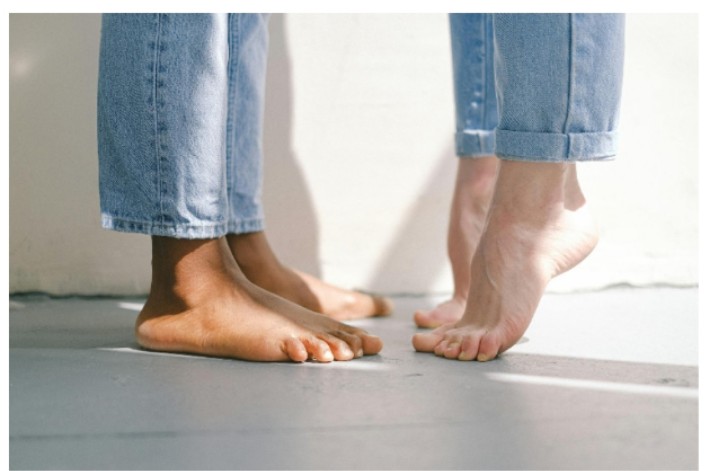
This is one of the most common foot issues surrounding pain in your heel. It happens when the plantar fascia on your foot base becomes inflamed.
This inflammatory condition doesn’t boast a direct cause. Risk factors comprise a high foot arch, being overweight, having tight calf muscles, or repetitive heel stress, caused by running.
Treatment
This condition boasts many at-home treatments, such as applying ice, rest, and non-steroidal anti-inflammatory drugs (NSAIDs). These include naproxen, sodium, or ibuprofen. Both will help you to manage the pain caused by plantar fasciitis. Other treatments include regular stretching and supportive shoes with adequate cushioning and good arch support. These shoes should be replaced regularly; when you remove them at night, you can consider wearing night splints. This splint will ensure your foot stays stretched at the correct angle while you sleep.
The Bottom Line
From diabetes to improper footwear, various factors can affect your feet’ health, with 87 percent of people suffering from painful feet at some point. Knowing the treatments available and when to seek specialist assistance will help ensure your feet’ well-being.
The important note? Most of these ailments are treatable, and the worst thing you can do is ignore them. Whether opting for at-home remedies or visiting a specialist, you don’t need to suffer in silence; help is available!
